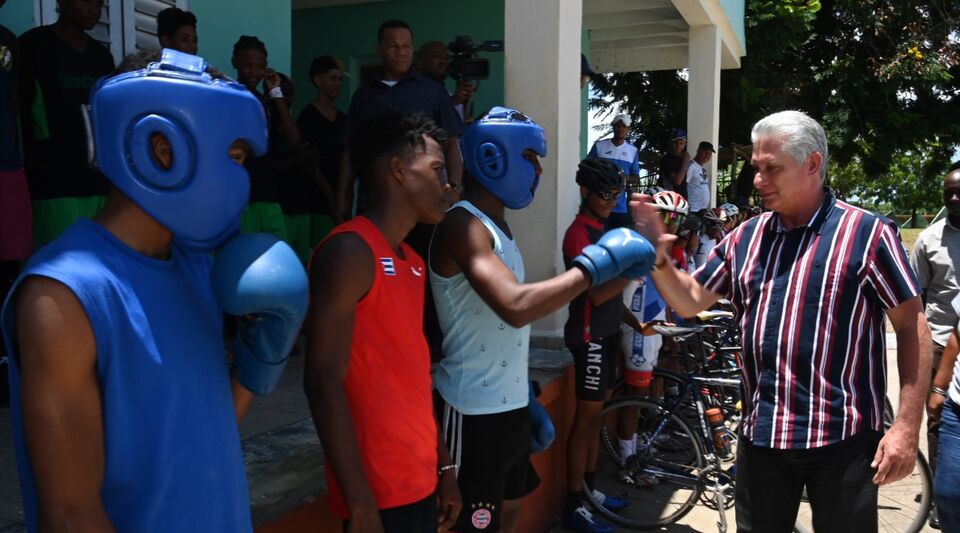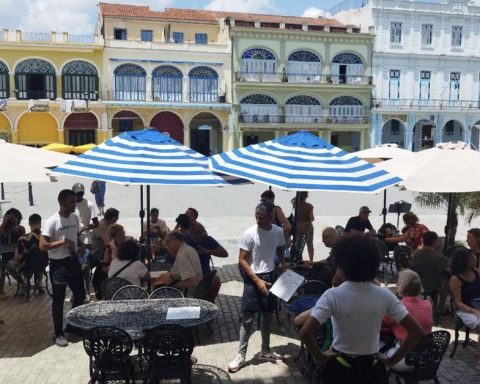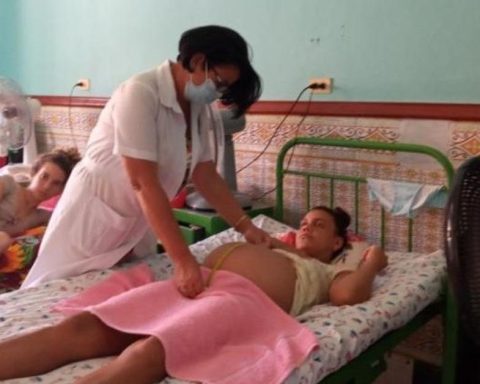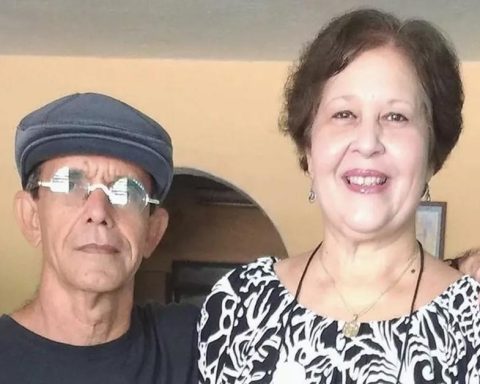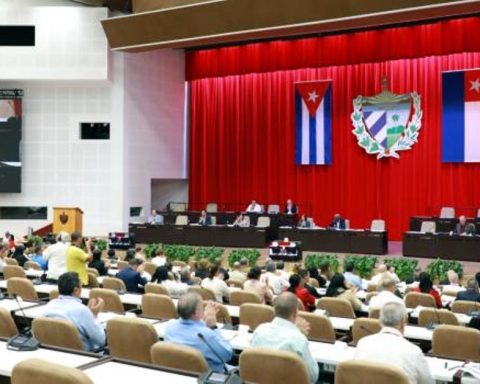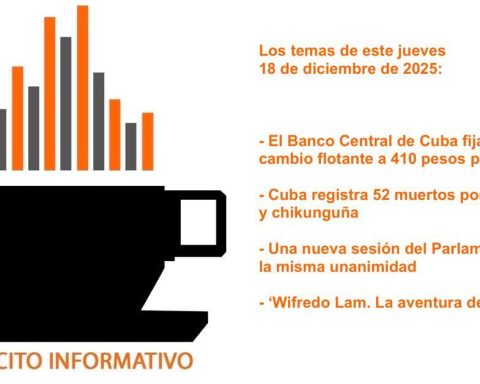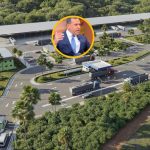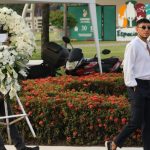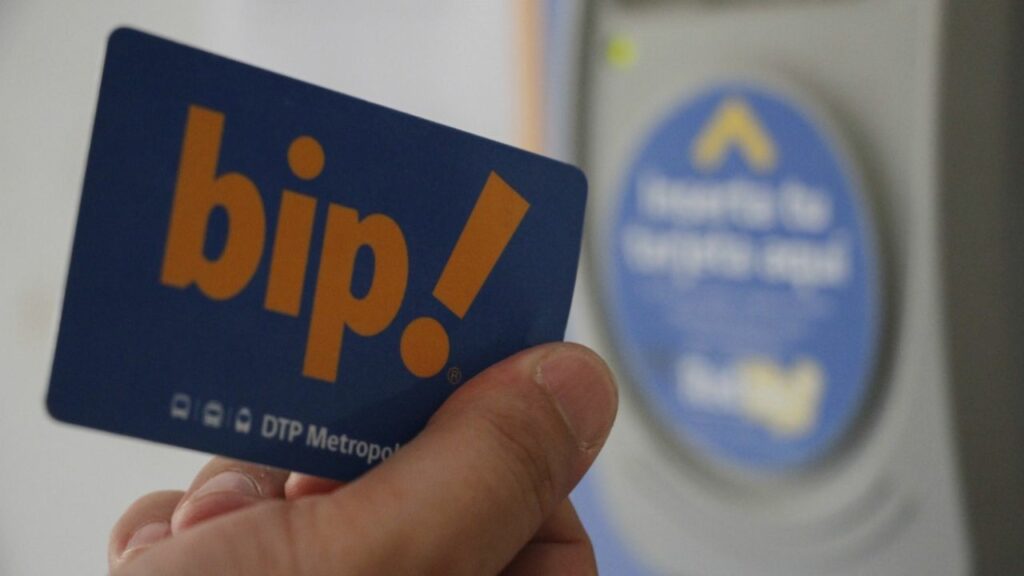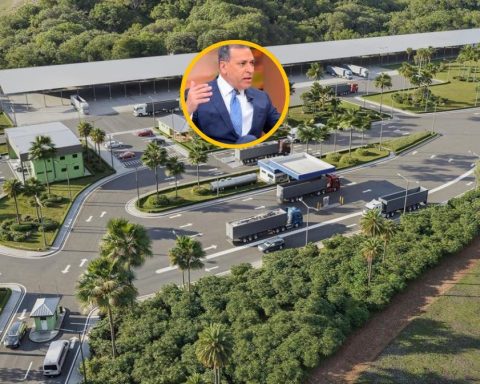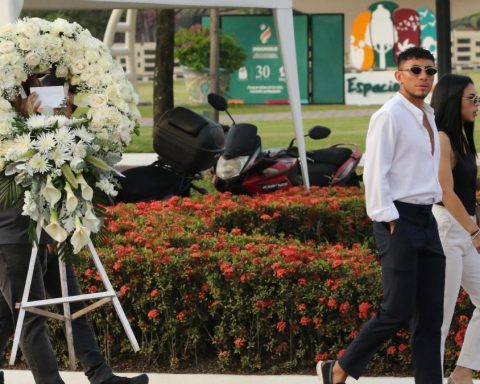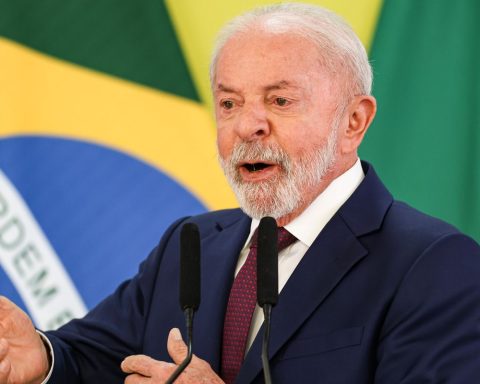Early this Thursday, cubadebate announced the visit of Miguel Díaz-Canel to Guantánamo, one of the most forgotten provinces on the island but one that has recently been on everyone’s lips. First, due to the well-known protests against the Government –followed by the corresponding arrests– last May, in the municipality of Caimanera. In recent days, due to the UN report that urges the US to close the prison it has at the naval base in that territory and where the prisoners continue to suffer “cruel, inhuman and degrading treatment”, something that the regime did not want to waste to demand the return of that enclave.
“They are going to take it where things are somewhat better, because we don’t have anything,” said a commentator on the news. He was not hard to guess. The president visited to a successful farmer and then at the Rafael Freyre Sports Initiation School (EIDE), which the official press describes –accepting its slow construction– as a place “with teaching buildings, dormitories, sports facilities and other essential infrastructures for its perfect functioning condition, beautiful and very well cared for”.
The space had everything, including a children’s house for the children of the workers and athletes, although its capacity is not up to snuff, since of the 20 available places, it has only been able to accommodate six children, “who at the time of the[…]the President’s visit, they were taking a nap, so they walked around the cozy space almost on tiptoe and talking very softly”, explains Cubadebate.
It is left to the reader’s imagination to know why he left a prestigious university degree in the second year, but it does explain how he obtained 120 hectares of bananas and fulfilled his commitments.
From there, he went to the Manuel Simón Tames Guerra Polytechnic Agricultural Institute, built thanks to international collaboration (the Swiss Agency for Development and Cooperation and the United Nations Development Program). There, the president also had time to preach about the importance of these “schools, inspired by Marti’s preaching and the work of Fidel to combine study and work.”
He also spoke about it with Jorge Fernández in Lajas, El Salvador, the farmer of his first stop. At the age of 32, the young man abandoned his stomatology career and “turned to the land”, where he now manages 180 hectares of crops. cubadebate extols the attitude of the producer, who had already met with Díaz-Canel on a previous visit to ask him for more land “sure that he could put it to work to support the demand for food in his municipality and the provincial capital and in this way also contribute to lower prices.”
It is left to the reader’s imagination to know why he left a prestigious university degree in the second year, but it does explain how he obtained 120 hectares of bananas and fulfilled his commitments, being able to incorporate their production into the basket of the inhabitants of El Salvador for three years. months. He will soon plant this fruit again – with seeds from Villa Clara – and plans to grow corn, soybeans and sweet potatoes. The leader asked him if the intermediaries paid him on time, if he had supplies or if he paid his workers adequately.
“You are still young and it is very important to continue learning,” Díaz-Canel urged the producer, who “promised him that he would think about it, but ‘after the farm is on track, which is large and needs a lot of time and effort.'” And with this dialogue, the president left, happy to have found a peasant who is doing well, and which helped him to ask for more people like him during the rest of his visit “encouraged by Jorge’s results.”
“It is a pity that these visits are ‘guided’, true tours, because visitors are led where they cannot see reality”
The result of the visit was as expected. Also hours before another reader described what was going to happen without failing one iota. “It is a pity that these visits are ‘guided’, real tours, because the visitors are taken to where they cannot see the reality of ordinary Cubans with all its nuances. If it is a question of seeing a producer, they are taken the best, the one that has all the conditions to produce, the one that does not complain about anything, and many times they are even reinforced with inputs, cattle from other properties so that the visitor sees what they want him to see.If they go to a community they take them to the mejorada, pintada. If they go to a market, they supply it with varieties one or two days before and they don’t sell the products until the day of the visit. And so, there are plenty of examples to show that this type of visit is a thermometer faithful to check the reality in the base because the problems are the same and they are increasing”.
The Prime Minister, Manuel Marrero, had a more cumbersome part of the Guantanamo tour, although it was also softened. The head of the Government visited Cayamo, in the rebellious Caimanera, which suffers from drought, shortages and a housing fund with 40% of the houses in fair or bad condition and a group of citizens exposed their concerns and discomforts.
Marrero endured the downpour as if it were not with him and asked that help and “different solutions be sought. The government’s policies for that are approved,” he said. In addition, he asked the citizens for patience: “It will not be from one day to the next, but surely they have seen it, agreements have been made with other countries that will provide new opportunities.”
Marrero endured the downpour as if it were not with him and asked that help and “different solutions be sought. The Government’s policies for that are approved”
From there, and after promising new homes thanks to the community’s brick-producing company – which allocates 24,000 units a month to subsidized construction – he went to the Frank País salt mine, where the workers enlightened him about the problems in distributing the product. In the company there are 3,000 tons stopped due to lack of transportation, which join 700 more, waiting for cabotage.
According to the director, Darlyn Elisástegui Columbié, the poor condition of the railway has complicated the situation but there are already several containers that are on their way to the provinces “most affected” by the lack of distribution.
“I am concerned about the abandonment of the company, dry salt is not produced, quality is lacking in the manual packaging process,” Marrero also said after seeing the workers who deal with this phase, but at the end of his visit, the recipe was the same. “The blockade will continue, let’s unblock ourselves, let’s open ourselves. Let’s not look for so many explanations for the problems and find more solutions,” he urged.
It was another of the readers’ prophecies fulfilled. “Until now I do not see that the advised and directed government visits have given any results. It is the same with the same and every day we are worse.”
________________________
Collaborate with our work:
The team of 14ymedio He is committed to doing serious journalism that reflects the reality of deep Cuba. Thank you for accompanying us on this long road. We invite you to continue supporting us, but this time becoming a member of our newspaper. Together we can continue transforming journalism in Cuba.
